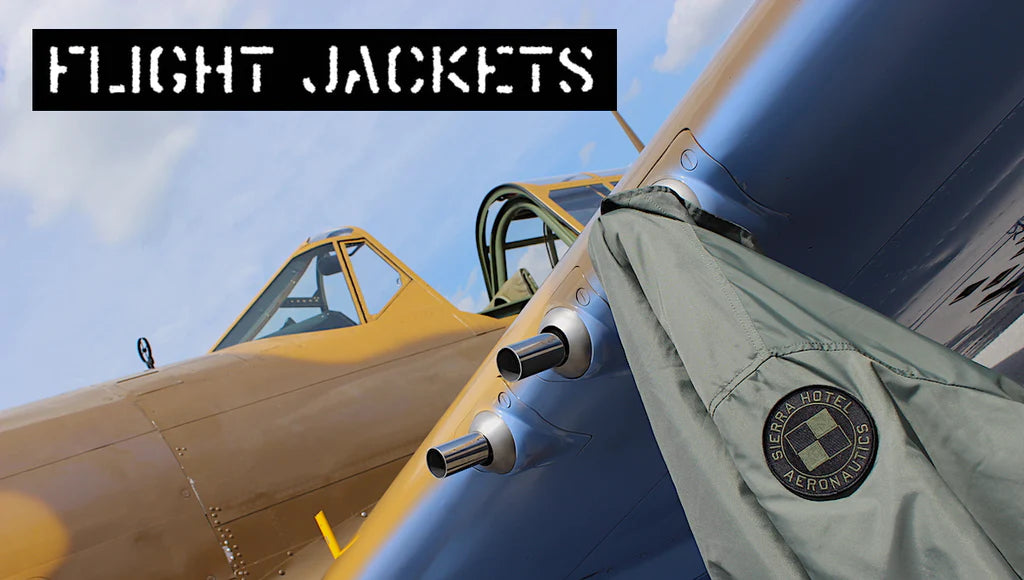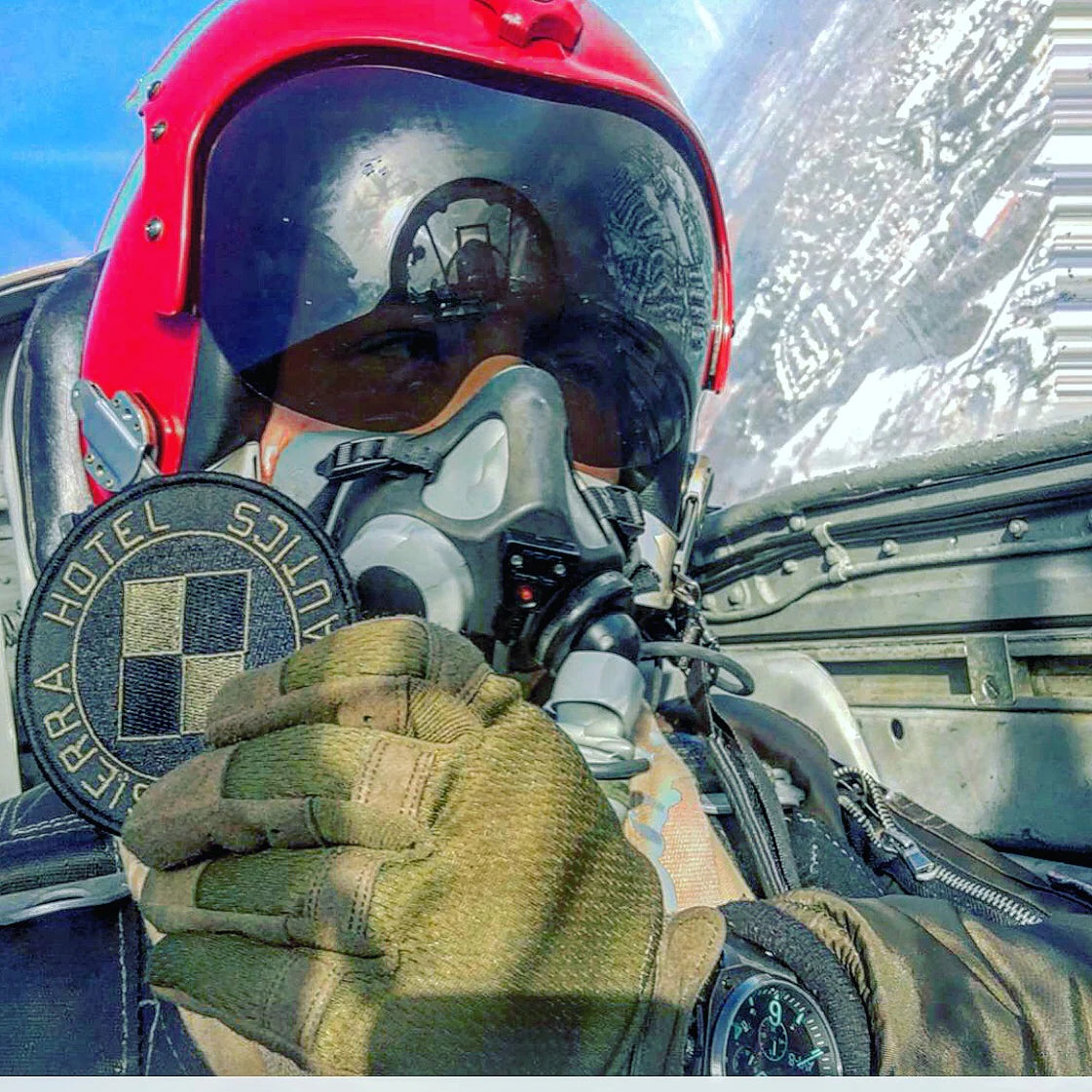The Ocean Turned Red...The Sinking of USS Indianapolis

The Indianapolis departed San Francisco on 16 July 1945 unaccompanied, reaching Tinian on 26 July. Once her highly secretive mission was completed, the USS Indianapolis turned for her voyage home, again, unaccompanied.
At 00:14 on 30 July, she was struck by two Type 95 torpedoes on her starboard bow, from the Japanese submarine I-58 under the command of Mochitsura Hashimoto. The explosions caused massive damage. The Indianapolis took on a heavy list and settled by the head. Twelve minutes later, she rolled completely over, then her stern rose into the air, and she plunged down. Some 300 of the 1,196 crewmen went down with the ship. With few lifeboats and many without lifejackets, the remainder of the crew were set adrift awaiting rescue.

Navy command had no knowledge of the ship's sinking until survivors were spotted three and a half days later. At 10:25 on 2 August by a PV-1 Ventura flown by Lieutenant Wilbur "Chuck" Gwinn and copilot Lieutenant Warren Colwell during a routine patrol flight.
Of the 880 that survived the sinking, only 321 men came out of the water alive; 317 ultimately survived. They suffered from lack of food and water, exposure to the elements (hypothermia, dehydration, hypernatremia, photophobia, starvation and dementia), severe desquamation, and shark attacks, while some killed themselves or other survivors in various states of delirium and hallucinations.
The Indianapolis sinking, and lack of an escort to report her need of assistance, resulted in the most shark attacks on humans in history. Most of the attacks were attributed to the oceanic whitecap shark species. Tiger sharks might have also killed some of the survivors. Many of those who died of other causes were dragged off by sharks.
Once the PV-12 crew spotted the survivors helplessly floating on the surface, "Chuck" Gwinn immediately dropped a life raft and a radio transmitter. All air and surface units capable of rescue operations were dispatched to the scene at once.
A PBY Catalina seaplane under the command of Lieutenant R. Adrian Marks was dispatched to lend assistance and report. En route to the scene, Marks overflew Cecil J. Doyle and alerted her captain, W. Graham Claytor, Jr., of the emergency. On his own authority, Claytor decided to divert to the scene.

.
Learning the men were the crew of Indianapolis, he radioed the news, requesting immediate assistance. Doyle responded while en route. When Marks' plane was full, survivors were tied to the wings with parachute cords, damaging the wings so that the plane would never fly again and had to be sunk.
Marks and his crew rescued 56 men from the bloodied waters that day...

“Japanese submarine slammed two torpedoes into her side, Chief. We was comin’ back from the island of Tinian to Leyte. We’d just delivered the bomb. The Hiroshima bomb. Eleven hundred men went into the water. Vessel went down in 12 minutes.
Didn’t see the first shark for about a half-hour. Tiger. 13-footer. You know how you know that in the water, Chief? You can tell by lookin’ from the dorsal to the tail. What we didn’t know, was that our bomb mission was so secret, no distress signal had been sent. They didn’t even list us overdue for a week. Very first light, Chief, sharks come cruisin’ by, so we formed ourselves into tight groups. It was sorta like you see in the calendars, you know the infantry squares in the old calendars like the Battle of Waterloo and the idea was the shark come to the nearest man, that man he starts poundin’ and hollerin’ and sometimes that shark he go away… but sometimes he wouldn’t go away.
Sometimes that shark looks right at ya. Right into your eyes. And the thing about a shark is he’s got lifeless eyes. Black eyes. Like a doll’s eyes. When he comes at ya, he doesn’t even seem to be livin’… ’til he bites ya, and those black eyes roll over white and then… ah then you hear that terrible high-pitched screamin’. The ocean turns red, and despite all your poundin’ and your hollerin’ those sharks come in and… they rip you to pieces.
You know by the end of that first dawn, lost a hundred men. I don’t know how many sharks there were, maybe a thousand. I do know how many men, they averaged six an hour. Thursday mornin’, Chief, I bumped into a friend of mine, Herbie Robinson from Cleveland. Baseball player. Boson’s mate. I thought he was asleep. I reached over to wake him up. He bobbed up, down in the water, he was like a kinda top. Upended. Well, he’d been bitten in half below the waist.
At noon on the fifth day, a Lockheed Ventura swung in low and he spotted us, a young pilot, lot younger than Mr. Hooper here, anyway he spotted us and a few hours later a big ol’ fat PBY come down and started to pick us up. You know that was the time I was most frightened. Waitin’ for my turn. I’ll never put on a lifejacket again. So, eleven hundred men went into the water. 316 men come out, the sharks took the rest, June the 29th, 1945.
Anyway, we delivered the bomb.”

Quint - "Jaws" 1975













Leave a comment